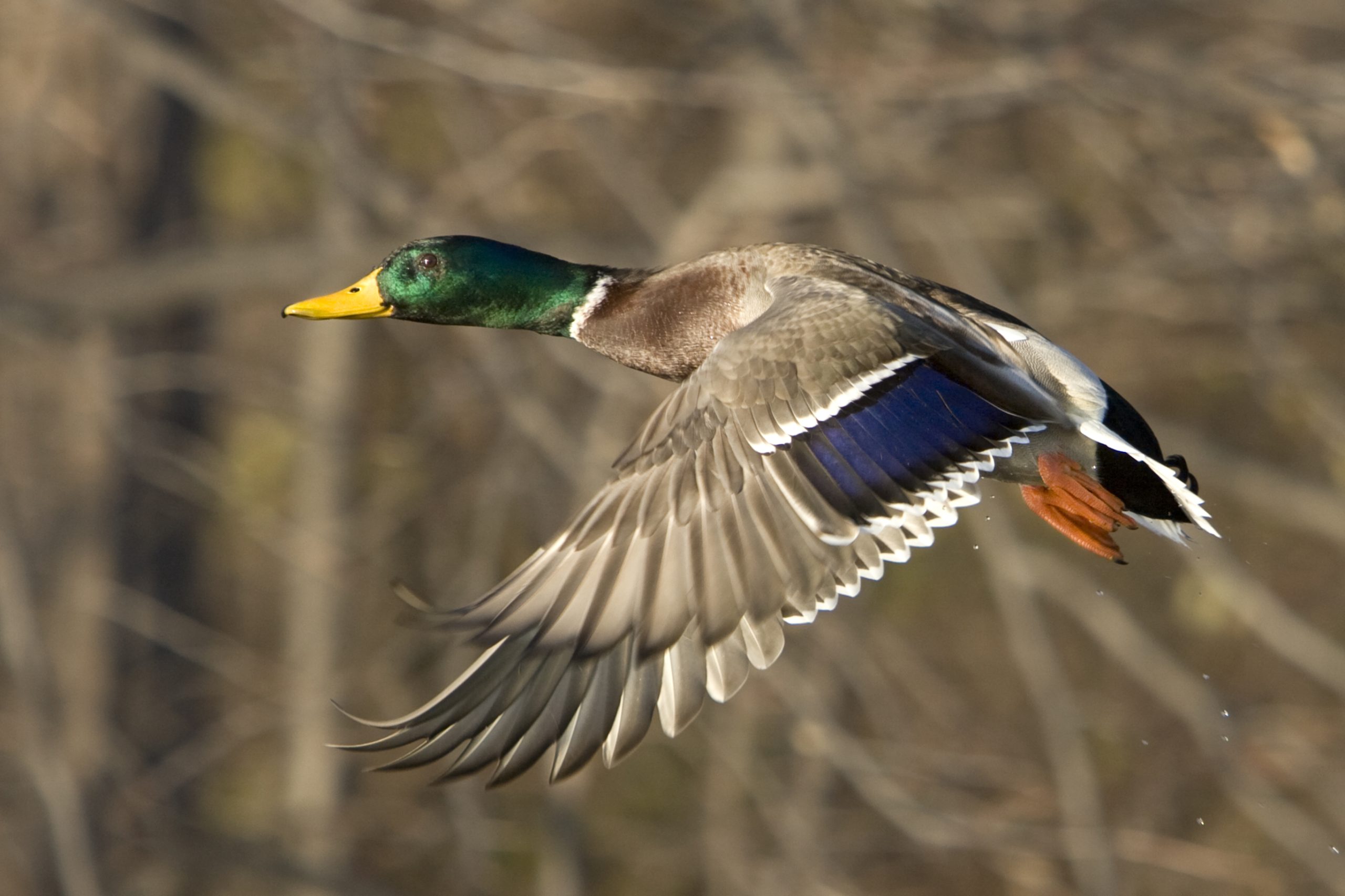Iowa Duck Hunting: A Fall Tradition

Iowa Duck Hunting: A Fall Tradition
As we turn the page and settle into my favorite time of year, the crisp autumn air settles in and the vibrant hues of fall paint the Iowa landscape thinking of mornings duck hunting in Iowa. The anticipation of waterfowl season reaches an all-time high. With a diverse ecosystem of rivers, lakes, and wetlands, and plenty of ag fields, Iowa offers pockets of great waterfowl hunting opportunities. The state provides a haven for migrating waterfowl seeking respite and abundant food sources. The key to successful duck hunting in Iowa lies in understanding the birds’ movements, habitat preferences, and the unique challenges and opportunities that each region presents.
Waterfowl, like any creature, are driven by basic needs: food, water, and shelter. In Iowa, with its diverse landscape, these elements are abundant, but pinpointing the exact locations where ducks congregate requires diligent scouting. It can be a little overwhelming as there are plenty of ag fields abundant through the state. Luckily, ducks are creatures of habit. They establish daily routines centered around these essential resources. Water provides a safe haven, while abundant food sources fuel their energy-intensive lifestyles. The challenge for hunters lies in identifying the specific bodies of water and agricultural fields that ducks prefer. This is where scouting comes in to play.
Identifying the specific water bodies ducks favor is essential. Are they drawn to large reservoirs, oxbow lakes, or smaller ponds? Understanding their preferences helps narrow down potential hunting spots. Additionally, pinpointing the agricultural fields that attract ducks is equally important. Corn, soybeans, and flooded fields are just a few examples that can draw in large flocks.
To crack this code, I’ve found that early morning and late afternoon drives are invaluable. Observing waterfowl activity at dawn and dusk offers crucial insights into their daily patterns. By noting takeoff and landing locations, hunters can pinpoint key areas for further investigation. Utilizing mapping apps to record these observations allows for detailed analysis and planning.
By combining diligent observation with technological tools, waterfowl hunters can significantly increase their chances of success. Remember, ducks are adaptable, and their behavior can change based on weather conditions, hunting pressure, and food availability. Consistent scouting is key to staying ahead of the game.
Decoding the Decoy Spread: A Hunter’s Guide
Setting up an effective decoy spread is a crucial aspect of waterfowl hunting. While some hunters might overcomplicate the process with elaborate setups, the reality is that simplicity often trumps complexity. Don’t get me wrong, I’ve seen birds killed over both theories. By understanding a few key principles, you can create a decoy spread that attracts ducks and increases your chances of success.
The foundation of any successful decoy spread is a realistic representation of a waterfowl congregation. Ducks are social creatures, and they’re drawn to areas where they perceive safety and abundant food. A well-placed spread mimics these conditions, enticing birds to land and become potential targets.
Consider the type of waterfowl you’re targeting. Mallards, for instance, prefer larger, more open spreads with a mix of dabbling and diving decoys. Conversely, teal might respond better to smaller, more compact setups. Experimentation is key to determining what works best in your specific hunting location. Don’t underestimate the power of simplicity. A well-placed spread of a dozen or so decoys can often be just as enticing as a larger setup. Remember, the goal is to create a believable and inviting environment for waterfowl. River hunting often benefits from larger decoy spreads. The vastness of the water can make individual decoys less visible, necessitating a more substantial setup to attract attention.
The placement of your decoys is also crucial. Create open water lanes for landing birds and position your blind for optimal visibility. Use a few strategically placed decoys downwind to draw birds into your shooting zone.
Experimentation is key to finding what works best for you. Don’t be afraid to try different decoy setups, numbers, and configurations. Keep track of what works and what doesn’t, and adjust your strategy accordingly. Remember, the goal is to create a believable and inviting environment that entices ducks to land and become part of your hunting story.
In the ever-changing world of waterfowl hunting, staying ahead of the game requires a keen eye for detail and a dedication to learning. While on-the-water scouting is essential, maintaining detailed hunting journals is equally important.
Analyze Notes
Over the years, I’ve found that reviewing a few notes from the previous years, have made me a better hunter. By tracking various factors such as weather conditions, wind direction, and decoy setups, I’ve been able to identify patterns and trends that influence duck behavior. One thing I’ve noticed is the migration patterns over the years. For example, noting the arrival of early teal or the peak migration of mallards can help you pick out a few days that should be great for birds. By analyzing temperature, wind, and barometric pressure patterns, you can begin to predict waterfowl movement and adjust your hunting plans accordingly.
Remember, hunting is a dynamic pursuit, and conditions can change rapidly. Be prepared to adapt your strategies based on real-time observations. By combining scouting with hunting notes, you’ll gain a deeper understanding of waterfowl behavior and increase your chances of success.
Fall is here, and so is waterfowl season. Invest some time in some scouting to find birds, get your boats, guns, and dogs ready and may this be a memorable season!
By Alex Clark
Home – Iowa Sportsman
October 2024
Check out this article for more insight into waterfowl hunting
Also, if you were looking for the digital version of the Iowa Sportsman October 2024
Looking for our Cattle/Dairy side of things


